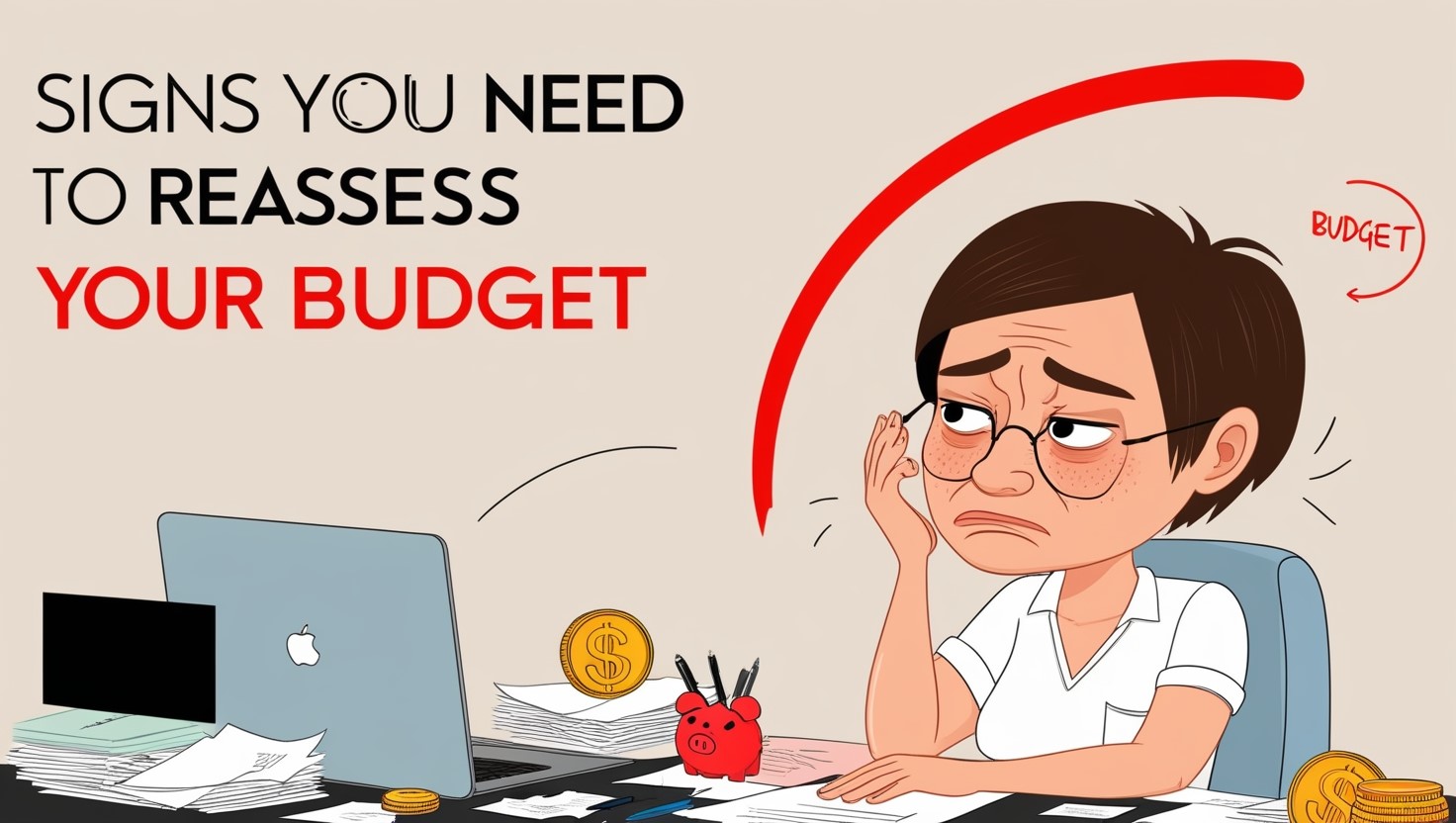In today’s fast-paced world, achieving a balanced life often feels like an elusive goal. With the constant demands of work, relationships, health, and personal growth, it’s easy to feel overwhelmed and unsure of where to focus your energy. This is where the Wheel of Life comes in—a powerful, yet simple tool that can help you take a step back, assess your life as a whole, and identify the areas that need more attention. Whether you’re looking to improve your career, enhance your relationships, or find more time for yourself, the Wheel of Life provides a clear and visual way to map out your current level of satisfaction in key areas of life. In this article, we’ll explore what the Wheel of Life is, how it works, and how you can use it to create a more balanced and fulfilling life.
What is the Wheel of Life? An Overview of Its Meaning and Purpose
The Wheel of Life is a widely-used tool in personal development and life coaching, designed to help individuals assess and achieve balance across various areas of their lives. At its core, the Wheel of Life is a visual representation of different aspects that contribute to overall well-being, such as career, health, relationships, personal growth, and more. Each of these aspects is represented as a segment of a circle, with the circle divided into sections—much like slices of a pie.
The concept of the Wheel of Life has roots in Buddhist philosophy, where it originally symbolized the cyclical nature of existence. However, in its modern adaptation, it has evolved into a practical self-assessment tool. The idea is simple: by rating your level of satisfaction in each area, you can quickly see where you are thriving and where you might need to focus more attention.
The primary purpose of the Wheel of Life is to provide a clear and holistic view of your life at a given moment. It allows you to step back and evaluate how balanced your life truly is. Often, people get caught up in one or two areas—such as career or family—while neglecting others like health, hobbies, or social connections. The Wheel of Life helps to highlight these imbalances, making it easier to set priorities and create actionable plans to achieve a more harmonious life.
By regularly revisiting the Wheel of Life, you can track your progress, adjust your goals, and ensure that you are living a life that is aligned with your values and aspirations. This ongoing process of reflection and adjustment is key to maintaining a well-rounded and fulfilling life, making the Wheel of Life an invaluable tool for anyone striving for personal growth and balance.
How the Wheel of Life Helps You Achieve Balance Across Key Life Areas
The Wheel of Life is a versatile tool designed to provide a snapshot of how balanced your life is across various key areas. By breaking down your life into distinct categories and visually assessing your satisfaction with each, the Wheel of Life helps you pinpoint where you’re excelling and where you might be neglecting important aspects of your well-being. Here’s how the Wheel of Life can guide you in achieving better balance across these key areas:
1. Visualizing Life Balance

The Wheel of Life’s circular design offers a clear, visual representation of your life’s balance—or imbalance. Each segment of the wheel represents a different area of your life, such as Career, Health, Relationships, Finances, and Personal Growth. By rating your satisfaction in each of these areas, you create a visual map that shows you how balanced your life is. If one area is significantly lower than others, it becomes immediately clear where your attention is needed.
2. Identifying Strengths and Weaknesses
One of the most powerful aspects of the Wheel of Life is its ability to highlight both your strengths and areas that need improvement. For instance, you may find that you are thriving in your career but falling short in areas like health or social life. This awareness allows you to celebrate your successes while also recognizing where you need to make changes to achieve a more rounded and satisfying life.
3. Encouraging Holistic Development
The Wheel of Life encourages you to look at your life holistically, rather than focusing on just one or two areas. It’s easy to become so engrossed in work or personal projects that you neglect other important aspects of life, such as relationships or self-care. By regularly using the Wheel of Life, you’re reminded to consider all areas of your life, ensuring that no single aspect is ignored.
4. Setting Priorities and Making Informed Decisions
Once you’ve identified the areas of your life that need more balance, the Wheel of Life helps you prioritize where to focus your efforts. It guides you in making informed decisions about where to allocate your time and energy. For example, if your health and fitness segment is low, you might decide to prioritize regular exercise or a healthier diet. This prioritization helps prevent burnout and ensures that your actions are aligned with your overall life goals.
5. Creating Actionable Plans for Improvement
The Wheel of Life not only highlights imbalances but also serves as a starting point for creating actionable plans to address them. By setting specific, achievable goals in the areas where your satisfaction is low, you can gradually improve your overall life balance. These goals might include improving your work-life balance, spending more quality time with loved ones, or investing in personal development.
6. Monitoring Progress and Adjusting as Needed
Life is ever-changing, and what feels balanced today might not feel the same tomorrow. The Wheel of Life is a dynamic tool that can be revisited regularly to monitor your progress and make necessary adjustments. As you achieve your goals in one area, you can reassess your life and set new goals in other areas that require attention. This ongoing process ensures that you maintain a balanced life over the long term.
By providing a clear, structured approach to evaluating and improving your life balance, the Wheel of Life serves as a valuable guide on your journey to a more harmonious and fulfilling life. Whether you’re aiming for professional success, stronger relationships, better health, or personal growth, the Wheel of Life helps you maintain equilibrium across all the key areas that matter to you.
A Step-by-Step Guide to Using the Wheel of Life for Self-Assessment
The Wheel of Life is not just a concept—it’s a practical tool that you can use to gain a clearer understanding of your current life balance. Here’s a step-by-step guide on how to use the Wheel of Life for effective self-assessment:
Step 1: Identify the Key Areas of Your Life
The first step is to define the key areas that are most relevant to your life. While there are common categories such as Career, Health, Finances, Relationships, Personal Growth, and Fun & Recreation, your Wheel of Life should reflect what matters most to you. You might include other areas like Spirituality, Environment, or Community Involvement, depending on your personal priorities.
Step 2: Draw or Use a Template of the Wheel of Life
Next, create a visual representation of your Wheel of Life. You can either draw it by hand or use one of the many available templates online. Divide the circle into segments, each representing one of the areas you identified in Step 1. Think of the circle as a pie, with each slice representing a different area of your life.
Step 3: Rate Your Satisfaction in Each Area
Once your Wheel of Life is ready, it’s time to evaluate your current satisfaction in each area. On a scale from 1 to 10, where 1 is very dissatisfied and 10 is extremely satisfied, rate how you feel about each aspect of your life. Be honest with yourself—this step is crucial for gaining accurate insights.
Step 4: Connect the Dots to Visualize Your Wheel
After rating each area, connect the dots on your Wheel of Life. This will create a shape that shows the balance (or imbalance) across your different life areas. Ideally, the shape should be relatively round and balanced, indicating that you are equally satisfied across all areas. If the shape is jagged or uneven, it highlights areas that may need more attention.
Step 5: Analyze Your Results
Take a moment to reflect on the shape of your Wheel of Life. Are there areas where your satisfaction is particularly low? Are there any areas that seem to dominate your focus at the expense of others? This analysis will help you pinpoint which areas of your life may require more effort or a change in approach.
Step 6: Set Goals to Improve Specific Areas
Now that you’ve identified areas of imbalance, it’s time to set actionable goals to improve them. For example, if your health rating is low, you might set a goal to exercise more regularly or improve your diet. The key is to set realistic, achievable goals that will gradually bring more balance to your life.
Step 7: Take Action and Reassess Regularly
Finally, put your goals into action and make a commitment to revisit your Wheel of Life regularly—monthly, quarterly, or whenever you feel the need to reassess your life balance. Over time, you’ll be able to see how your efforts are paying off and make further adjustments as needed.
Using the Wheel of Life for self-assessment is an empowering process that can help you take control of your life and ensure that you’re living in alignment with your values and aspirations. By following these steps, you’ll gain a clearer understanding of where you stand and what you need to do to create a more balanced and fulfilling life.
Benefits of Integrating the Wheel of Life into Your Personal Development
Incorporating the Wheel of Life into your personal development journey offers numerous benefits that can significantly enhance your overall well-being. This simple yet powerful tool helps you maintain a balanced life while pursuing your goals and aspirations. Here are some of the key benefits of using the Wheel of Life:
1. Enhanced Self-Awareness
The Wheel of Life provides a structured way to reflect on your current life situation. By assessing your satisfaction across different life areas, you gain a deeper understanding of where you stand and what truly matters to you. This heightened self-awareness is the foundation of personal development, as it enables you to make informed decisions about where to focus your energy and efforts.
2. Clearer Goal Setting
Once you’ve identified the areas of your life that need improvement, the Wheel of Life makes it easier to set specific, realistic goals. Whether it’s improving your health, advancing your career, or nurturing relationships, this tool helps you pinpoint exactly where you need to take action. With a clearer vision of what you want to achieve, you can set targeted goals that are aligned with your values and priorities.
3. Balanced Life Management
One of the biggest challenges in personal development is maintaining balance. It’s easy to become overly focused on one area, such as work or personal growth, while neglecting others like health or social connections. The Wheel of Life encourages a holistic approach by visually showing you which areas are out of balance. By integrating it into your routine, you can make adjustments to ensure that all aspects of your life are receiving the attention they deserve.
4. Ongoing Progress Tracking
Personal development is an ongoing process, and the Wheel of Life serves as an excellent tool for tracking your progress over time. Regularly reassessing your life balance allows you to see how far you’ve come and identify any new areas that may require attention. This continuous self-monitoring helps you stay on track with your goals and make necessary adjustments as your life evolves.
5. Reduced Stress and Improved Well-Being
By helping you maintain a balanced life, the Wheel of Life can significantly reduce stress and enhance your overall well-being. When you address imbalances and prioritize self-care, you’re less likely to experience burnout and more likely to feel fulfilled in all areas of your life. This leads to greater peace of mind and a more positive outlook on life.
6. Empowerment and Personal Growth
Using the Wheel of Life empowers you to take control of your life and steer it in the direction you desire. It provides clarity on what you want to achieve and the steps needed to get there, fostering a sense of empowerment and confidence. As you work toward balancing your life, you’ll experience personal growth, becoming more resilient, focused, and capable of handling life’s challenges.
Integrating the Wheel of Life into your personal development practice is a transformative step toward living a more balanced, fulfilled, and intentional life. By regularly using this tool, you’ll not only achieve your goals more effectively but also cultivate a deeper sense of harmony and satisfaction in your everyday life.
Tips and Strategies for Maintaining Balance Using the Wheel of Life
Achieving balance in life is an ongoing process, and the Wheel of Life can be a valuable tool to help you stay on track. However, maintaining that balance requires consistent effort and strategic planning. Here are some practical tips and strategies to help you effectively use the Wheel of Life and maintain balance across all areas of your life:
1. Regularly Reassess Your Wheel of Life
Life is dynamic, and your priorities can change over time. To stay balanced, it’s essential to revisit your Wheel of Life regularly—monthly, quarterly, or whenever you experience significant life changes. By periodically reassessing your satisfaction in each area, you can quickly identify new imbalances and address them before they become overwhelming.
2. Prioritize One or Two Areas at a Time
Trying to improve every area of your life simultaneously can be overwhelming and counterproductive. Instead, focus on one or two areas that need the most attention. Set specific, achievable goals for these areas, and work on them consistently until you see improvement. Once you feel more balanced in these areas, you can shift your focus to others.
3. Set SMART Goals
To maintain balance, it’s crucial to set goals that are Specific, Measurable, Achievable, Relevant, and Time-bound (SMART). This approach ensures that your goals are clear and realistic, which increases your chances of success. For example, instead of setting a vague goal like “improve my health,” aim for something more concrete, like “exercise for 30 minutes three times a week.”
4. Create a Balanced Routine
Your daily routine plays a significant role in maintaining life balance. Design a schedule that allocates time to each area of your life, ensuring that no single area dominates your day. For instance, make sure to include time for work, exercise, family, hobbies, and relaxation. A balanced routine helps prevent burnout and ensures that all aspects of your life receive the attention they need.
5. Practice Mindfulness and Self-Reflection
Mindfulness and self-reflection are powerful tools for maintaining balance. By staying present and regularly reflecting on your actions and feelings, you can better understand how each area of your life affects the others. This awareness allows you to make more informed decisions and adjust your approach as needed to maintain harmony.
6. Be Flexible and Adaptable
Life rarely goes according to plan, and unexpected challenges can throw your balance off course. It’s essential to remain flexible and adaptable, adjusting your goals and priorities as needed. If one area of your life requires more attention due to unforeseen circumstances, don’t be afraid to temporarily shift your focus, knowing that you can reassess and rebalance later.
7. Seek Support When Needed
Maintaining balance can be challenging, and it’s okay to seek help when needed. Whether it’s through a coach, mentor, or support group, having someone to guide you and hold you accountable can make a significant difference. Surround yourself with people who encourage your growth and help you stay focused on your goals.
8. Celebrate Small Wins
As you work towards balancing your life, it’s important to recognize and celebrate your progress, no matter how small. Acknowledging your achievements helps build momentum and motivates you to continue striving for balance. Celebrate each step forward, and use that positive energy to tackle the next challenge.
By implementing these tips and strategies, you can use the Wheel of Life to maintain a more balanced and fulfilling life. Remember that balance is a continuous journey, not a destination. Regular reflection, mindful goal-setting, and flexibility are key to staying on track and ensuring that all areas of your life contribute to your overall well-being.
Conclusion
The Wheel of Life is a powerful tool that offers a clear and structured way to assess and improve the balance in your life. By visually mapping out the key areas that contribute to your overall well-being, it helps you identify where you are thriving and where you may need to focus more attention. Integrating the Wheel of Life into your personal development practice enables you to set meaningful goals, track your progress, and maintain harmony across all aspects of your life.
Achieving balance is not a one-time task but an ongoing process that requires regular reflection, adjustment, and action. Whether you’re just starting your journey toward a more balanced life or looking to refine your approach, the Wheel of Life provides a practical framework to guide your efforts. By regularly reassessing your life, setting SMART goals, and adapting to changes, you can create a life that is not only successful but also deeply fulfilling.
As you embark on this journey, remember that balance is personal and unique to each individual. What matters most is that you find a rhythm that aligns with your values, aspirations, and well-being. With the Wheel of Life as your guide, you can navigate life’s complexities with greater clarity, purpose, and satisfaction.



